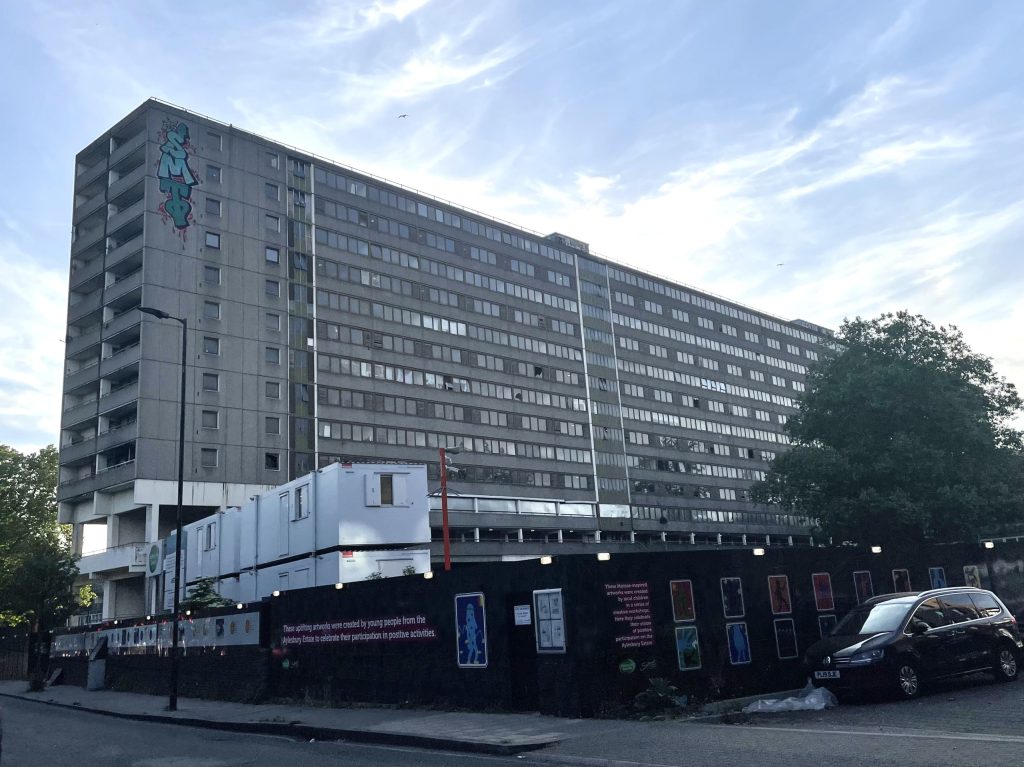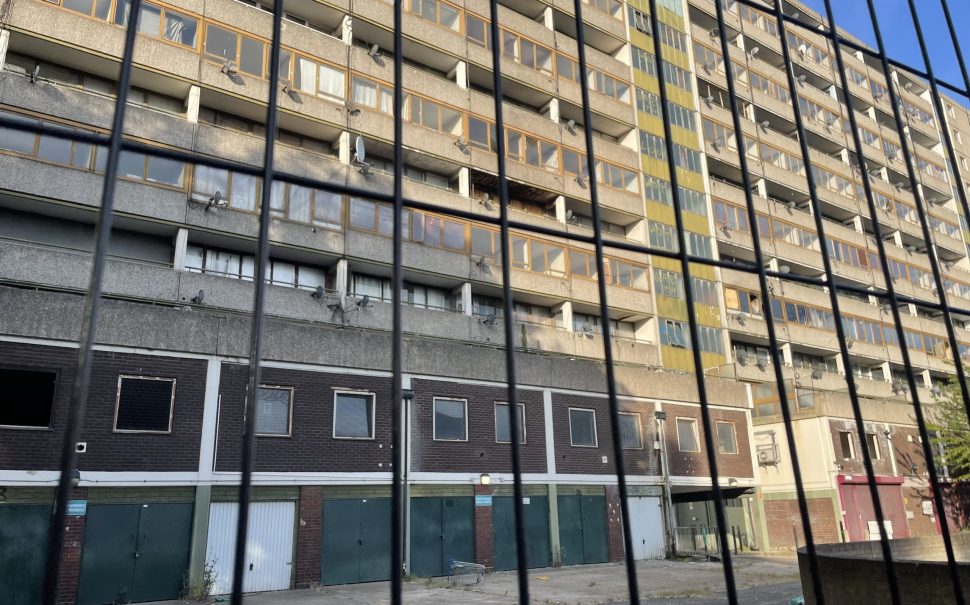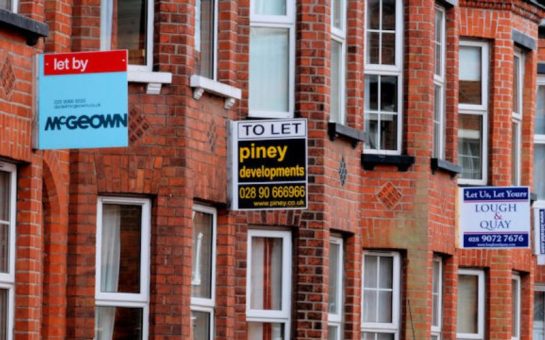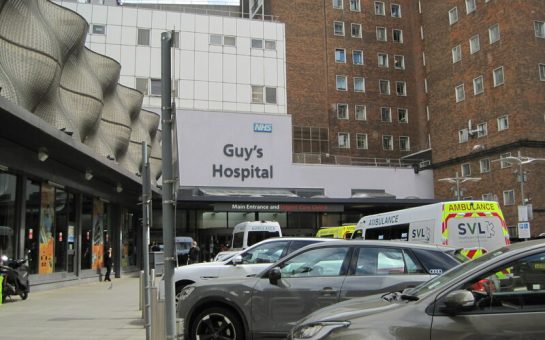London has seen a two-thirds rise in the number of empty council homes since 2016 with one in 35 lying vacant in 2024, data released by the Ministry of Housing, Communities and Local Government shows.
In 2024, Southwark was the borough with the highest number of empty council homes with 1,238 vacant, and Ealing close behind with one in nine council homes sitting empty across the borough.
Campaigners argue the rise in empty council homes aggravates London’s housing crisis and reveals issues with the funding of council housing and regeneration schemes, as the number of households on council waiting lists in London continues to rise, surpassing 330,000 in 2024.
Tanya Murat, from Southwark Defend Council Housing, which is part of a national campaign to protect and increase the number of council homes, said: “The numbers mean that people who desperately need a home can’t have one.
“It’s a problem that housing is not considered a human right.”
Vacant local authority dwellings are council houses left empty for an extended period of time.
Despite a 1.6% decrease in the number of vacant council homes in London between 2023 and 2024, National Campaign Manager Chris Bailey at Action on Empty Homes, which is a national campaign to address the issue of empty homes, said this is predominantly due to councils recently using some of their long-term vacant stock as temporary accommodation for households on council waitlists.
Whilst Bailey notes that we can naturally expect to see some vacancy, in recent years, the biggest contributing factor to an increased number of vacant council homes are those cleared out ahead of demolition on regeneration sites, followed by lengthy wait times for properties needing repairs.
In December 2023, Southwark released an empty homes action plan which revealed nearly two-thirds of void properties were awaiting demolition on regeneration sites, whilst 17% were active general needs voids – vacant properties awaiting major or minor repairs.
Murat said: “The turnaround situation when someone moves out to getting the place fit for human habitation is very long.
“I actually live upstairs of a flat where the tenant died, and I think it was literally eight months before they moved anyone else in.
“There’s the critical under-resourcing of maintenance and repair and housing management functions inside the borough.
“What it speaks to, is the lack of proper resourcing of council housing.”
Regeneration schemes have also been criticised for generating empty council homes as well as resulting in a net loss of council homes.
The Campaign for Action on Empty Homes states the high number of empty homes awaiting demolition as part of regeneration schemes in London accounts for higher rates of empty council homes in London compared to other areas in the UK.
Bailey said it was also important to consider how long these regeneration sites are left vacant, rather than the number empty at one time.
Jerry Flynn from the 35% campaign, which is a Southwark-based action group campaigning for regeneration that benefits local people, said there are a number of council blocks part of regeneration schemes in Southwark, that have been vacant for years, including in the large-scale regeneration of the Aylesbury estate in Walworth, which began in 2005.
The council’s empty homes report stated that in January 2024, there were 713 voids on the Aylesbury Estate, of which 600 were vacant for more than two years.

Similarly, Southwark Lib Dems reported that Maydew House in Bermondsey had sat empty for almost 10 years awaiting demolition, containing 144 empty homes and costing £15 million to maintain.
Flynn, in reference to the Aylesbury regeneration, said: “I think it shows a problem with regenerations of this size, that when they don’t go according to plan, you just get left with lots of empty homes.
“The main problem is it does nothing towards solving the homelessness crisis that we have.”
Murat added that in the current economic climate, redevelopments that were planned years ago are increasingly less viable, resulting in many stalled schemes, leaving properties empty for years.
She said: “Wherever you go, you can see schemes that seem to be taking ages to build.”
Murat also emphasised that having empty council homes awaiting demolition exacerbates the housing crisis as in many cases, they are replaced with minimal social housing.
The London plan stipulates that just 35% of housing on redeveloped public sector land be ‘affordable’, let alone at social rent.
Murat said: “There is the policy of losing council housing through estate regeneration. Thousands of council homes have been demolished and not replaced with council housing.”
Data on Local Authority dwelling stock from the ministry of housing, communities and local government shows a net loss of council homes in London by 26% since, which equates to a loss of 161,641 homes 2000.
Southwark, which is the borough with the most council homes in London, has also seen a decrease of 25% since 2000 and a net loss of 253 between 2023 and 2024.
Murat said: “If there’s council homes out there which are structurally sound, there’s no reason to demolish them.”
“There needs to be a massive increase in the number of council homes and there needs to be proper funding for the existing Council homes for refurbishment rather than demolition.”
Cllr Helen Dennis, Cabinet Member for New Homes and Sustainable Development at Southwark Council said: “Building new decent homes on the Aylesbury Estate is a key priority for Southwark and this is part of a wider effort to provide improved community infrastructure for the neighbourhood, with the Harold Moody health Centre, Una Marson Library and Mentivity Community Centre all contributing to laying enhanced foundations in the community.
“The estate is going through a major renewal in four phases, which will include over 900 new council homes and 334 affordable homes.
“The Southwark Plan sets out our intention to go even further to achieve the replacement of social rent homes on the Aylesbury.
“As part of the work at the Aylesbury Estate and other major estate renewal projects, some council homes are empty after tenants have moved out and before work goes ahead. Across the First Development Site (FDS) A & B, we have delivered 581 new council homes.
“The work being undertaken across these estates aims to increase the provision of new homes, including the reprovision of at least 2,249 social rented homes. We’re committed to building more council homes for Southwark and have built or started construction on more than 3,000 homes across our borough.”





Join the discussion